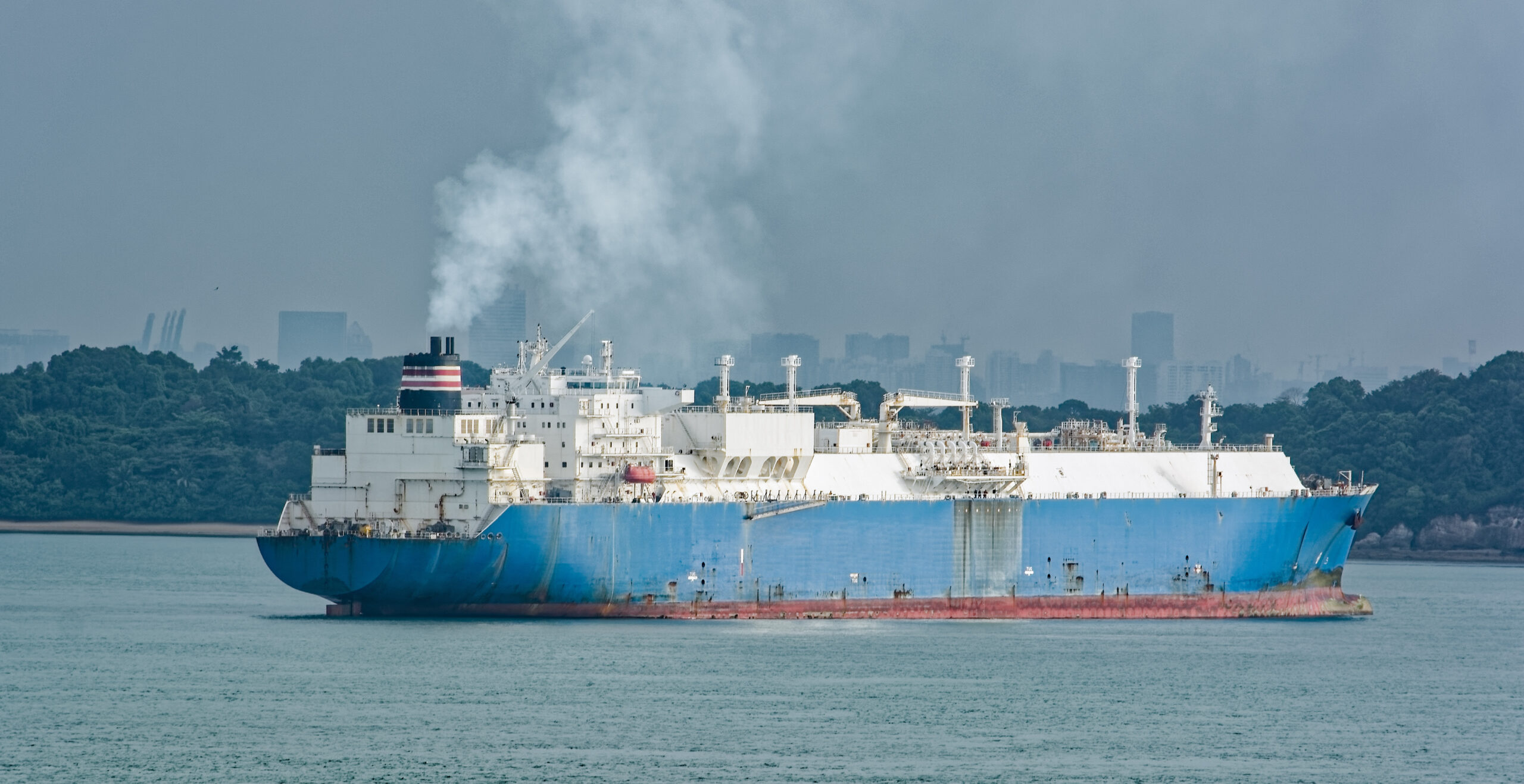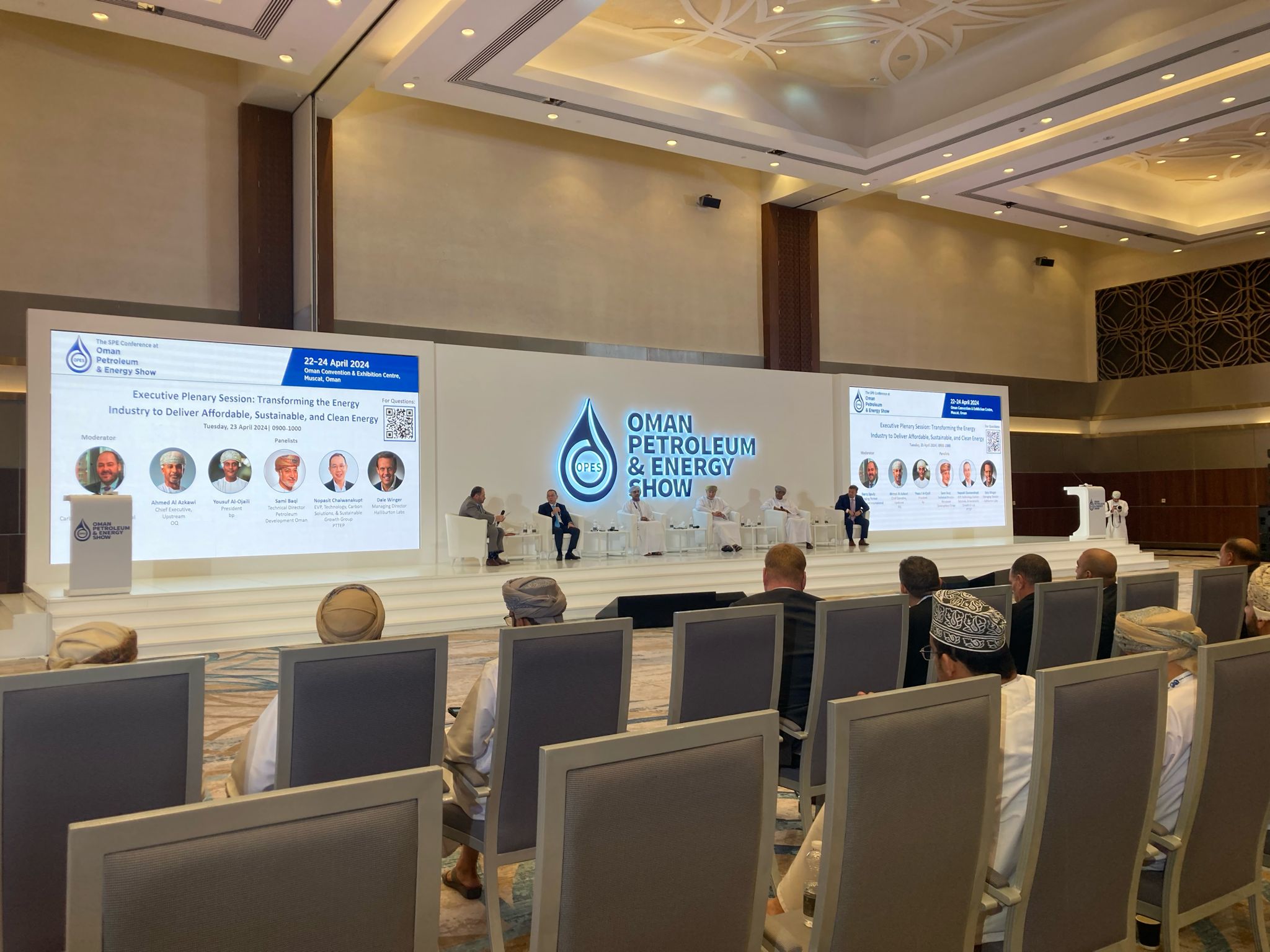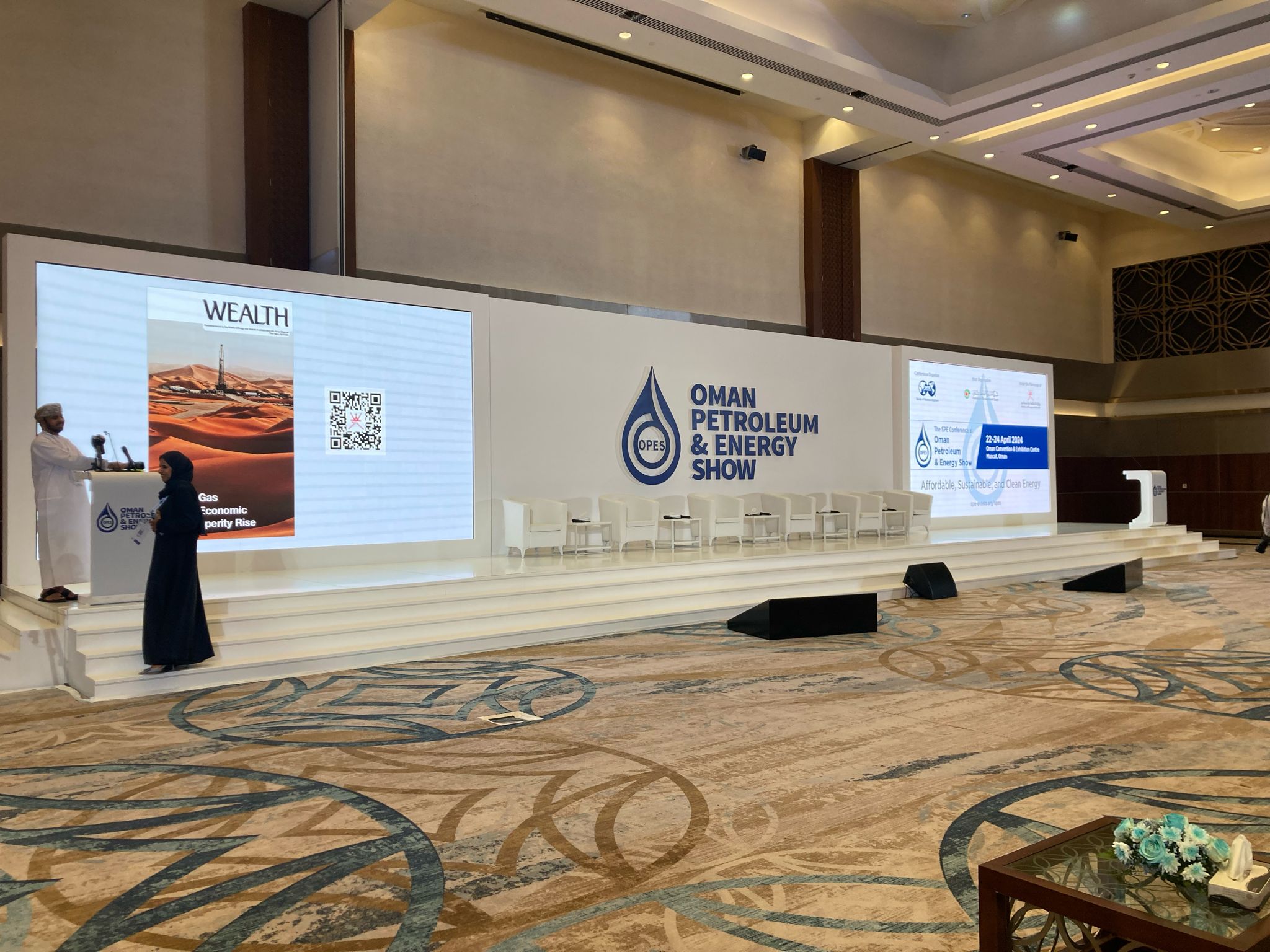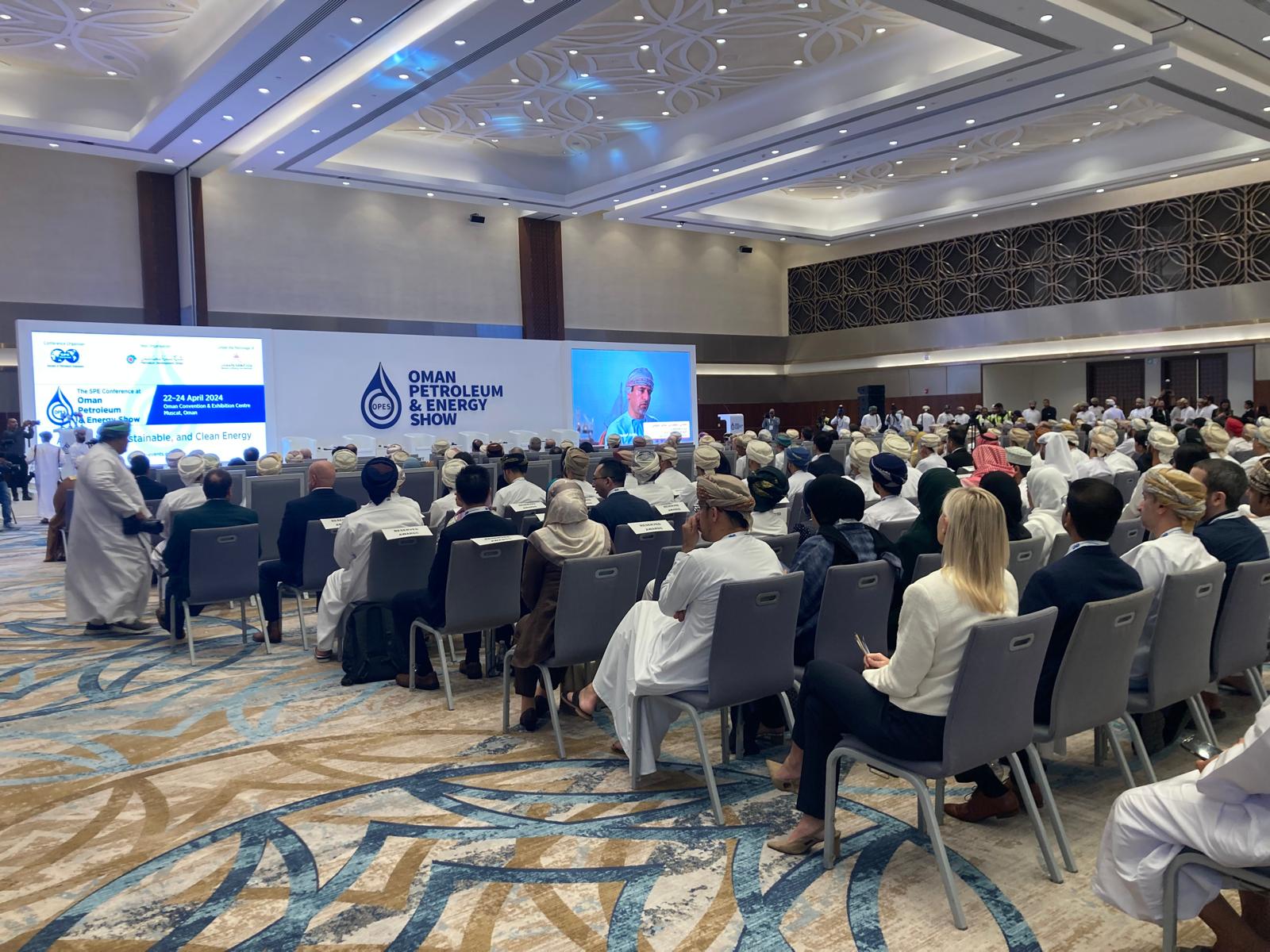Research sounds alarm over SE Asia’s LNG development
The report confirms other recent studies that Southeast Asian LNG is not the environmentally-friendly green transition fuel once thought just a few years ago.

A new report by Asia Research & Engagement (ARE) is sounding the alarm over rising Southeast Asian LNG development.
The report highlighted what’s become the calling card for the global gas industry. Namely, that LNG’s carbon intensity is around half of coal when used for power generation. However, that claim is also being disputed. The report examined LNG’s problematic emissions during production, extraction, storage, transport and regasification.
“Upstream emissions account for almost two-thirds of LNG’s total emissions, put LNG’s overall emissions not far below those from coal—and when properly accounted for could exceed coal’s,” it stated.
However, LNG emissions are only part of the problem. The ARE report said that methane leakage also has to be considered and that most countries aren’t considering this when discussing LNG development. As such, this makes LNG a temporary power generation fuel at best.
A recent UN Environment Programme study found that due to its structure, methane traps more heat in the atmosphere per molecule than CO2, making it 80 times more harmful up to 20 years after it’s released.
“Yet LNG’s popularity continues to grow, with industry forecasts projecting that LNG production will rise roughly 25% by 2040,” the ARE report added. “This is out of line with International Energy Agency (IEA) projections that global LNG use must peak by 2025 and begin declining to achieve its target of Net Zero Emissions by 2050.”
Southeast Asia’s LNG dilemma
That LNG growth is particularly acute in Southeast Asia. This comes as several countries in the region try to phase out coal usage for power production and as their respective domestic gas reserves start to decline.
The Philippines and Vietnam, in particular, have adopted energy plans that will boost their reliance on LNG by investing in new import facilities and gas-fired power plants.
Missing from their plans is what the ARE called a “comprehensive evaluation of LNG’s overall impact.” It claimed that this carries a two-fold risk.
First, there’s financial risk that new LNG infrastructure with long-term contracts become comparatively costly and inflexible, as the cost of putting in place renewable energy continues to drop.
The second risk is the possibility that new LNG investments in the Philippines and Vietnam result in higher than expected CO2 emissions, breaching international targets.
These findings come as both countries tout robust renewables development. Vietnam, for its part, surprised the world in 2021 at the COP26 meeting in Glascow when it announced that it would reach net zero emissions by 2050. It also pledged to reduce methane leakage by 2030.
In May, Vietnam finally announced its renewables strategy in its Power Development Plan (PDP) 8. The plan boosts wind power to 2030, but also increases gas. Renewables, excluding hydropower, are earmarked to increase to 31 percent of the country’s energy mix by 2030, up from 6 percent in 2020. Wind power (mostly onshore) will make up 18.5 percent, with solar at 8.5 percent.
Hydropower’s share will drop to 19.5 percent in 2030, down from 30 percent in 2020. This decrease is due to Vietnam over-exploiting its rivers. At least 720 hydropower facilities of various capacities are currently in operation or in some stage of construction, an MDPI report found.
Echoing ARE concerns, domestic gas and imported LNG will form the backbone of Vietnam’s energy mix by 2030, accounting for 24.8 percent of the total at 37.33 GW. This marks a more than four-fold increase compared to 9 GW in 2020. LNG will make up 14.9 percent of that total, with domestic gas at 9.9 percent.
The Philippines has a similar problem. However, unlike the rest of its fellow Association of Southeast Asian Nations (ASEAN) members, it still hasn’t set a net zero goal — and possibly won’t any time soon, given recent comments from its Energy Policy and Planning Bureau director.
The Philippines recently opened its doors to LNG imports, ensuring continued operations of existing gas-fired power plants. The government has seven approved LNG import terminals, representing some 36.5 mtpa of LNG import terminal capacity under development. It also has 29.9 GW of gas-fired power projects in various stages of development.
The Philippine Department of Energy, which only advises and has no enforcement authority, hopes to increase the share of renewable energy to 35% by 2030 and 50% by 2040. This includes hydropower, onshore and offshore wind and solar power development.
The World Bank warned in June, however, that the Philippines needed to set a net zero energy plan fast, even as it builds out and develops more energy infrastructure.
Unanswered questions
Given their substantial LNG development, the question has to be asked: how can Vietnam and the Philippines reduce their respective CO2 emissions to fall in line with the Paris Climate Agreement? Both countries signed the pact in 2016.
Moreover, given the lifespan of LNG import and gas-to-power projects, net zero for these two countries remain improbable. LNG import facilities are operational decades after their completion while gas-to-power projects have an operational life-span between 30 to 40 years or even longer.
Part of the quandary for countries like Vietnam and the Philippines can be traced to energy producers and secondary-traders from developed countries. Ten years ago, when the IEA declared that the “golden age of gas” had started, Japanese, South Korean and western energy companies and investors persuaded Southeast Asian countries that LNG was the best way to diversify their energy mixes, reduce, then eliminate coal usage and cut their respective carbon footprints.
However, since it can take up to ten years to put in place LNG import and gas-to-power projects (including permitting, financing and construction), developing countries are now in the implementation stage of that orchestrated gas push.
Developing countries have a valid argument that they followed this LNG expansion plan and now as they bring CAPEX intensive projects on-stream, some of these developed countries, including institutions like the IEA, have changed the rules once again and are advocating a pivot away from gas.
Suffice it to say, there’s also room for Southeast Asian countries to cease further LNG infrastructure development and instead concentrate future energy project development on renewables. That, at the end of the day, depends on each respective country’s self-will and political determination to help mitigate their impact on climate change.



